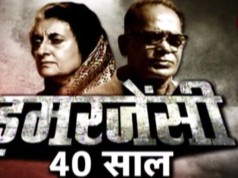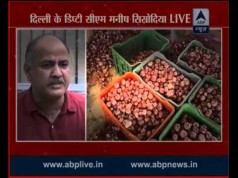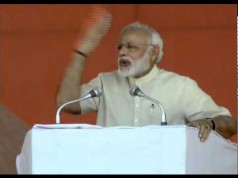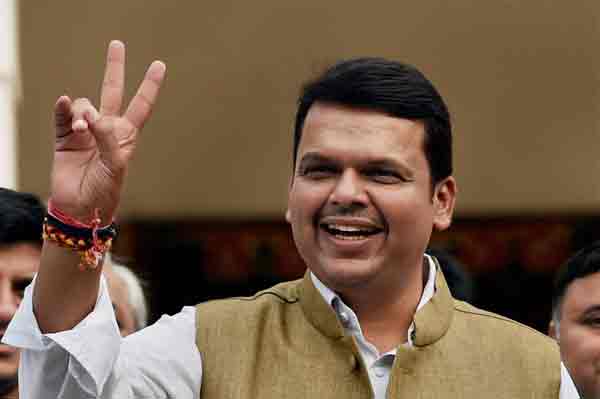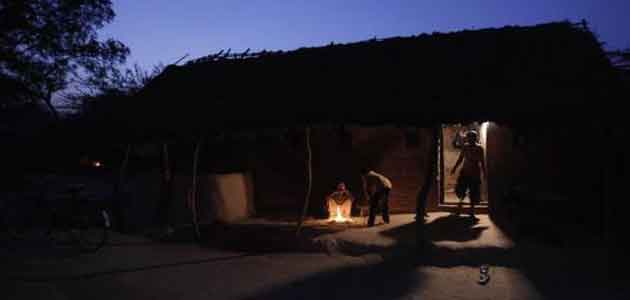
They still remain the most vulnerable to disasters and receive less aid when a natural calamity strikes, as per a report launched on Tuesday.
The “Equality in Aid” report by the International Dalit Solidarity Network www.idsn.org/ said around 260 million people face caste-based prejudice and human rights violations in everyday lives.
Their plight is worsened when a disaster like a flood or a drought occurs because many do not get the same access to emergency aid such as clean water, dry food rations or shelter as their higher-caste neighbours.
“Even prior to a natural hazard like a drought, floods, typhoons or earthquakes, Dalit communities are more vulnerable and exposed to disasters,” the report said, referring to the low caste-communities based in South Asia.
“During an emergency, Dalits’ precarious living conditions and lack of social protection mean that they are often the worst affected. But their status as ‘untouchables’ and the social exclusion they face affect the kind of emergency relief they receive.”
The report cited examples of caste-based discrimination in aid distribution from various disasters in South Asia, such as the 2001 earthquake in India’s Gujarat state, the Indian Ocean tsunami in 2004, and the Pakistan floods in 2010.
For example, lower-caste communities were refused food at a relief camp in Sri Lanka after the 2004 tsunami, while during the same disaster in India, Dalits were exploited for their labour to remove corpses and debris.
India is one of the most disaster-prone countries in the world, and many of its 1.2 billion people live in areas vulnerable to natural hazards such as floods, cyclones, droughts and earthquakes.
The 2011 census showed there were at least 200 million Dalits in India – excluding Muslim and Christian Dalits.
Around 76 percent of India’s coastline is prone to cyclones and tsunamis, while 59 percent of the country is vulnerable to earthquakes, 10 percent to floods and river erosion and 68 percent to droughts.
NO COMPENSATION
Experts say more frequent and more intense extreme weather events caused by climate change mean that countries like India need to make it a high priority to improve their planning and response to calamities.
The report, funded by the European Commission Humanitarian Aid and Civil Protection Office (ECHO), said one of the biggest problems facing low-caste groups was that they have very few assets and therefore do not qualify for compensation – pushing them further into poverty and deprivation.
Boys sit next to a fire outside their house on a cold winter evening in an Uttar Pradesh village.



